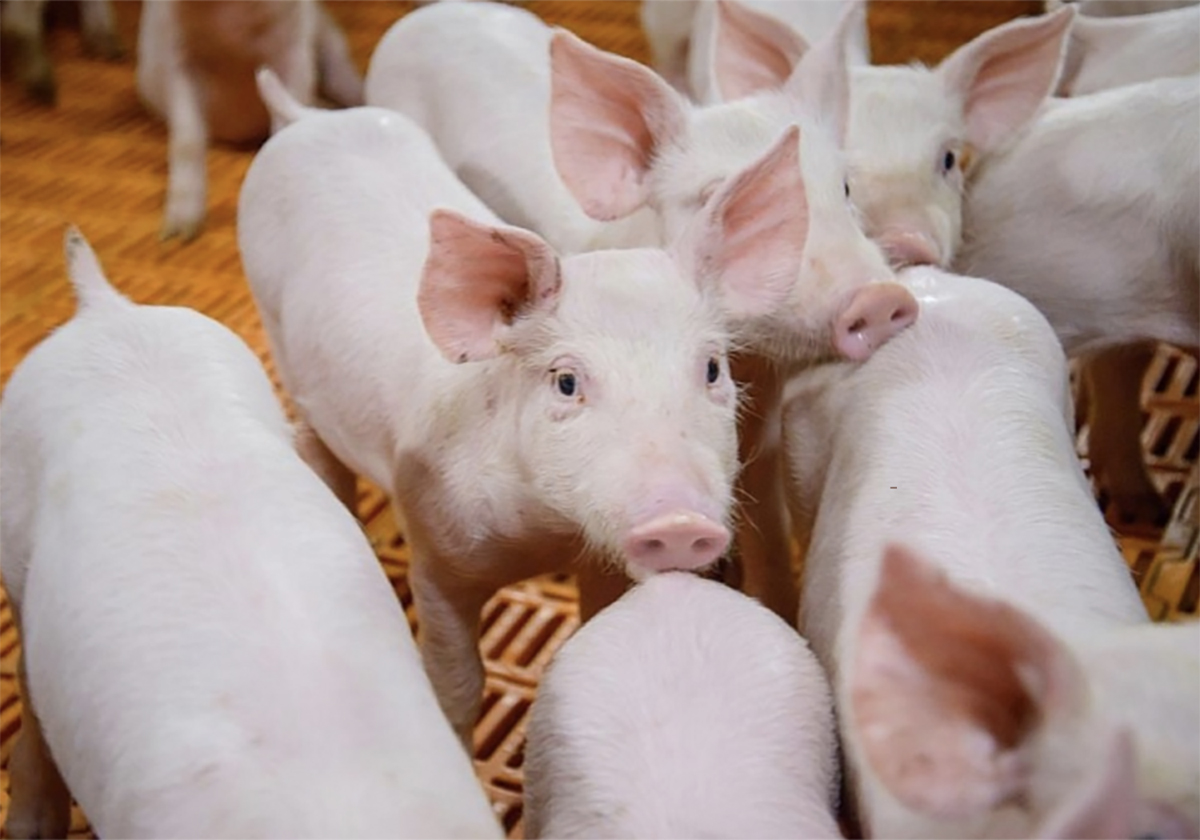GOODLETTSVILLE, Tenn. – Tyson Foods describes itself as a protein company.
With the 2001 acquisition of IBP Inc., the combined company had sales of $23.5 billion US in 2002.
Beef’s share was $10 billion, followed by chicken at $7 billion, as well as pork.
“The marketing direction we have chosen is to bring out the name Tyson. IBP will slowly diminish to a smaller operating company within the Tyson Foods family,” said company marketer Jason Robertson.
“It made a lot of sense to put these two companies together because we now have all three proteins under one roof with one marketing strategy.”
Read Also

The Western Producer Livestock Report – August 28, 2025
Western Producer Livestock Report for August 28, 2025. See U.S. & Canadian hog prices, Canadian bison & lamb market data and sales insights.
A major investment was made in case-ready production, where millions of pounds of beef and pork are delivered weekly in neatly wrapped plastic trays to grocers.
Tyson’s case-ready plant in Goodlettsville, Tennessee, is the largest of its kind in the world. It is open 18 hours a day and employs about 1,600 people in two shifts, seven days a week.
The plant can handle up to eight million lb. of chilled meat a week. Its weekly production is 2.5 million lb. of ground beef, 1.7 million lb. of beef cuts and 600,000 lb. of pork.
The company is building similar case-ready plants in Texas and Iowa within 800 kilometres of major retail areas.
Until 1999, IBP did not produce retail case-ready meat.
The company adopted the packing technology in that year and produced 33 million lb. of mostly ground beef in case-ready packages. That increased to 433 million lb. in 2002 and Tyson estimates 2003 production should reach 513 million lb.
Retailers have embraced case-ready products because of a butcher shortage.
“Twenty years ago there were 43 meat cutting schools in the country,” said plant manager Ray Hankes.
“Now there are two.”
Food safety was another factor.
People in the plant rarely handle the raw meat and the entire production line is sanitized.
There are 50,000 retail grocery stores in the United States. Most are unable to hire butchers so they rely on unskilled labour with no guarantee of cleanliness at every critical control point.
“Does anyone trust their 18-year-old son to properly clean a grinder when he’s in a hurry to get home?” Robertson said.
Retailers also want uniform, attractive packages that stack well, are leak proof and stay clean.

















